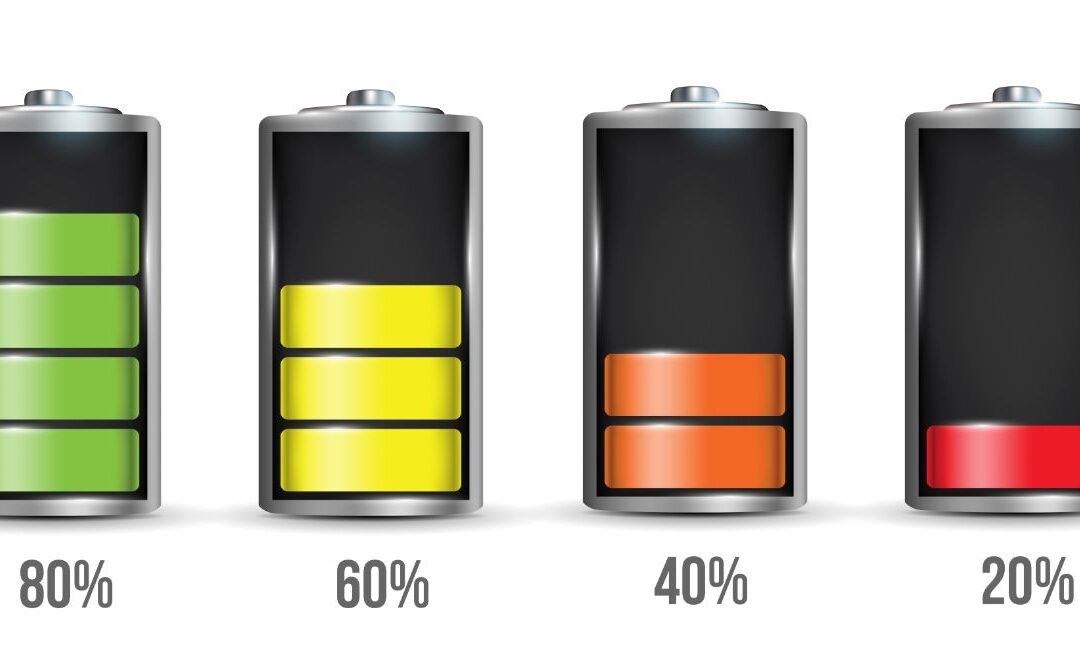Depth of discharge (DOD) refers to the percentage of a battery’s total capacity that has been used up during one discharge and one subsequent recharge of a battery.
For example, if a battery has a total capacity of 100 amp-hours (Ah) and it is discharged to 50 Ah, then the depth of discharge would be 50%. If the same battery is discharged to 80 Ah, then the depth of discharge would be 80%.
DOD is an important factor to consider when using batteries because it affects the battery’s lifespan. The expected lifespan of a battery is expressed as the number of cycles the battery can perform before not being able to hold enough charge capacity to be considered useful anymore, usually 60-70% of original capacity.
It’s important to note that cycling a battery too deeply can significantly reduce its cycle life. This is because deeper discharges can cause the battery’s plates to deteriorate more quickly, reducing its overall capacity holding and useful cycle life.
In addition to depth of discharge, the rate at which the battery is charged and discharged can also affect its cycle life. This is because rapid charging and discharging can cause excess heat to build up in the battery, which can damage the battery’s plates and also shorten its lifespan.
The type of battery used determines the recommended maximum charge / discharge rates and the recommended depth of discharge to optimize the battery lifespan and avoid damaging the battery. Battery suppliers will indicate the optimal charge and discharge rates for their specific batteries, but a good rule of thumb is 20% of the maximum capacity. Example, 20A for a 100Ah battery.
Pls read our article “What is the difference between Gel, AGM or Lead Acid batteries” and “Typical cycle life : Gel vs AGM vs Lead Acid vs Lithium” for more information about the recommended DOD and the effect of deep cycling on the different types of batteries.

